Keeping your furry friend clean, healthy, and happy isn’t just about looking cute—it’s an essential part of their overall well-being. Whether you’re a first-time dog owner or a seasoned pet parent, understanding proper grooming can make a huge difference in your dog’s comfort and health.
In this guide, we’ll share 7 expert dog grooming tips you can start using today, plus answer some of the most common grooming questions pet owners have.
 1. Brush Regularly to Avoid Matting
1. Brush Regularly to Avoid Matting
Brushing removes dirt, spreads natural oils, and prevents tangles—especially for long-haired breeds. Aim to brush your dog at least 2–3 times per week (or daily for high-shedding breeds).
Pro Tip: Use a slicker brush for detangling and a bristle brush for finishing.
2. Bathe Your Dog at the Right Frequency
Too many baths can dry out your dog’s skin, while too few can cause odor and skin irritation. Most dogs need a bath every 4–6 weeks, but this can vary based on coat type and activity level.
Helpful Note: Always use a dog-specific shampoo to maintain the natural pH of their skin.
3. Keep Nails Trimmed
Long nails can cause discomfort, posture problems, and even joint pain. Trim your dog’s nails every 3–4 weeks or when you hear them clicking on the floor.
Pro Tip: Use a guillotine-style clipper for precision, and have styptic powder on hand to stop bleeding if you accidentally cut too short.
4. Check and Clean Ears Regularly
Dogs with floppy ears are more prone to ear infections. Gently clean your dog’s ears with a vet-approved ear cleaner once every 1–2 weeks to prevent wax buildup and bacteria growth.
5. Brush Their Teeth
Dental health is often overlooked in dogs. Regular brushing with dog-safe toothpaste prevents plaque, tartar, and gum disease. Aim for 2–3 times a week.
6. Trim Excess Hair Around the Eyes and Paws
Hair near the eyes can cause irritation, and fur between paw pads can trap dirt and cause discomfort. Use blunt-tip grooming scissors for safety.
7. Pay Attention to Skin and Coat Health
Grooming sessions are the perfect time to check for lumps, bumps, rashes, or fleas. Early detection can save your dog from bigger health issues down the road.
 Frequently Asked Questions
Frequently Asked Questions
1. How often should I groom my dog?
Most dogs benefit from a light grooming session weekly and a full grooming session every 4–6 weeks.
2. Can I groom my dog at home instead of going to a groomer?
Yes! With the right tools and knowledge, you can handle most grooming tasks at home. However, professional grooming is recommended for specific breeds or tricky cuts.
3. What’s the best brush for my dog?
It depends on coat type—slicker brushes for long hair, bristle brushes for short coats, and deshedding tools for heavy shedders.
4. Is it bad to shave my dog in summer?
For many breeds, shaving is not recommended because their coat provides natural insulation. Instead, opt for regular brushing to keep them cool.
Final Thoughts
Grooming your dog isn’t just about keeping them Instagram-ready—it’s about ensuring they feel comfortable, healthy, and loved. By following these dog grooming tips, you’ll strengthen your bond with your furry companion while helping them look and feel their best.
Remember, patience and consistency are key. Start slow, use the right tools, and always make grooming a positive experience for your dog.



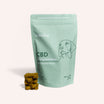


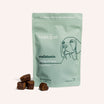
![Probiotics For Dogs [Soft Chews] - HolistaPet](http://www.holistapet.com/cdn/shop/files/Probiotic-Infographic-1_472d7a29-e30c-435a-9638-1365d8c3a9f9.jpg?v=1725384841&width=104)
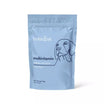

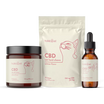


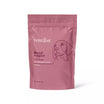

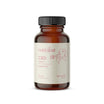
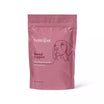

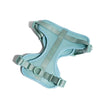

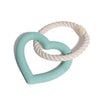
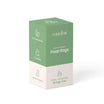
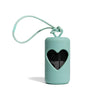

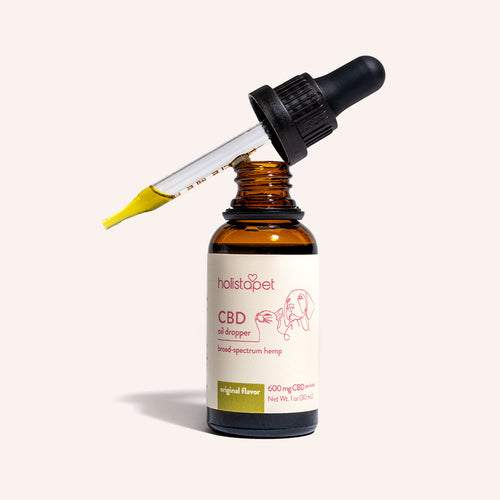 Broad Spectrum CBD Oil for Dogs - Fast Acting
Broad Spectrum CBD Oil for Dogs - Fast Acting
 Chicken Flavored CBD Oil For Dogs - Easy Dose
Chicken Flavored CBD Oil For Dogs - Easy Dose
 Salmon Flavored CBD Oil For Dogs - Highly Rated
Salmon Flavored CBD Oil For Dogs - Highly Rated
 CBD Dog Treats for Anxiety - Loved by Thousands
CBD Dog Treats for Anxiety - Loved by Thousands


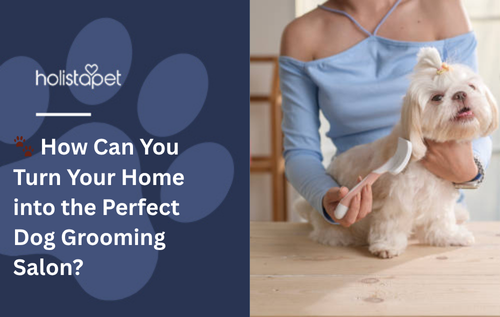

Leave a comment
This site is protected by hCaptcha and the hCaptcha Privacy Policy and Terms of Service apply.